1903, April 8 – BIRTH OF DANIEL LOPEZ BARRETO
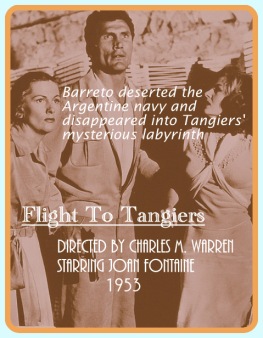 Composer, Pianist, Author (Aries) – Tangiers beguiled him and as she had done to William S Burroughs, to Jack Keroac, to Tenessee Williams, to Matisse…she seduced him and so Daniel Lopez Barreto did the unthinkable, he deserted the Argentine Navy and disappeared into Tangiers’ mysterious labyrinths of spys and smugglers…but it was not easy and out of desperation he joined the French Foreign Legion, finding himself oddly at home with its failed revolutionaries and trouble makers from all over the world…but fate had a surpise in store for him, enjoying himself at the “Cabaret Lumiere Du Midi” the night before shipping out, some drunken English sailors suddenly became rowdy for the lack of the promised live music…one of Daniel’s campanions suggested to owner that Daniel play the piano; his debut was so successful that it turned into an eight month engagement…one evening a German couple happened to come in; she was a voice and music professor and was so impressed with Daniel’s talent that she took him under her wing…they took him to the magical island of Ibizia where through stern, disciplined training she perfected his talent…together they would perform classical music concerts throughout europe in splendor and elegance he had never imagined
Composer, Pianist, Author (Aries) – Tangiers beguiled him and as she had done to William S Burroughs, to Jack Keroac, to Tenessee Williams, to Matisse…she seduced him and so Daniel Lopez Barreto did the unthinkable, he deserted the Argentine Navy and disappeared into Tangiers’ mysterious labyrinths of spys and smugglers…but it was not easy and out of desperation he joined the French Foreign Legion, finding himself oddly at home with its failed revolutionaries and trouble makers from all over the world…but fate had a surpise in store for him, enjoying himself at the “Cabaret Lumiere Du Midi” the night before shipping out, some drunken English sailors suddenly became rowdy for the lack of the promised live music…one of Daniel’s campanions suggested to owner that Daniel play the piano; his debut was so successful that it turned into an eight month engagement…one evening a German couple happened to come in; she was a voice and music professor and was so impressed with Daniel’s talent that she took him under her wing…they took him to the magical island of Ibizia where through stern, disciplined training she perfected his talent…together they would perform classical music concerts throughout europe in splendor and elegance he had never imagined
***
But the call of his native land was strong and against the counsel of his benefactress he decided to return to Argentina where he was immediately arrested; he was sentenced to one year in prison at hard labor…upon his release, for a while, he began earning his living as a boxer and a pianist billing himself as “The Boxing Pianist”….now back in Buenos Aires, he began working in a music publishing house where one day the legendary, Roberto Firpo happened to hear him play piano and asked him to join his orchestra…in 1929 he formed a trio to play on Radio Nacional, later Radio Belgrano…he accompanied renown tenor Tito Schippa in one of his celebrated concerts in Buenos Aires…he composed the music for a number of films including “Canillita” in 1936, and “El Hombre Del Sabado” in 1947….either as a  composer or as a lyricist, he would record over 100 tangos…his music and his curiosity would take him around the world Europe, Africa, Asia and the United States; his highlight was undoubtably winning in a prize at the prestigious Mozart Festival in Salzburg…he lived on Easter Island for many months to study the language of the natives and he published a book in the United States on his findings….at the age of seventy nine after an incredible life he passed away at his home in Buenos Aires
composer or as a lyricist, he would record over 100 tangos…his music and his curiosity would take him around the world Europe, Africa, Asia and the United States; his highlight was undoubtably winning in a prize at the prestigious Mozart Festival in Salzburg…he lived on Easter Island for many months to study the language of the natives and he published a book in the United States on his findings….at the age of seventy nine after an incredible life he passed away at his home in Buenos Aires
_______________
CLICK HERE– http://www.todotango.com/
spanish/las_obras/Tema.aspx?id=BJYAM8BYPRQ= to hear “La Uruguayita Lucia” with lyrics by Daniel Lopez Barreto and music by Eduardo Pereyra performed by the Ricardo Tanturi Orchestra sung by Enrique Campos
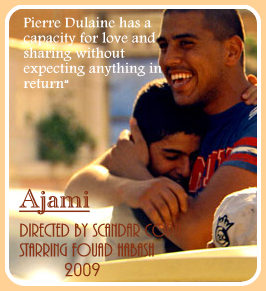
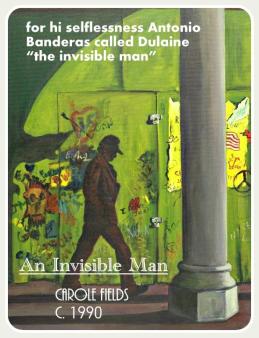
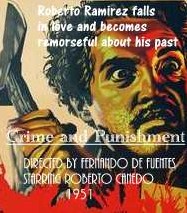

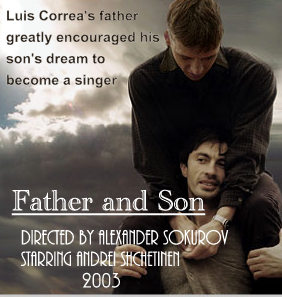











 “He is the last of a dying breed and the first of a new one” is how one critic described Richard Grayson…he has been called a genius for his ability to improvise on the spot, in any melody, in any key, in any rhythm, in any style…it is said J. S Bach was one of a very few musicians in history who had this ability…in fact, as Richard himself points out, in the Baroque and Renaissance period it was customary for classical musicians to learn to improvise; today that talent is most often associated with Jazz musicians…in fact tango dancing, which is strictly improvisational shares this tradition with them…Richard started studying piano when he was six years old and as a child he loved to just sit at the piano and improvise on the sounds that he was hearing and feeling…he was a winner of the prestigious Fulbright Scholarship which enabled him to study with renown masters in Europe…
“He is the last of a dying breed and the first of a new one” is how one critic described Richard Grayson…he has been called a genius for his ability to improvise on the spot, in any melody, in any key, in any rhythm, in any style…it is said J. S Bach was one of a very few musicians in history who had this ability…in fact, as Richard himself points out, in the Baroque and Renaissance period it was customary for classical musicians to learn to improvise; today that talent is most often associated with Jazz musicians…in fact tango dancing, which is strictly improvisational shares this tradition with them…Richard started studying piano when he was six years old and as a child he loved to just sit at the piano and improvise on the sounds that he was hearing and feeling…he was a winner of the prestigious Fulbright Scholarship which enabled him to study with renown masters in Europe…